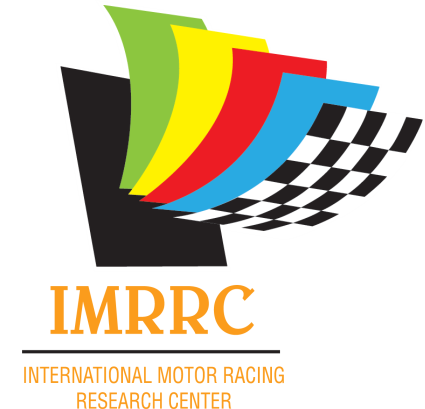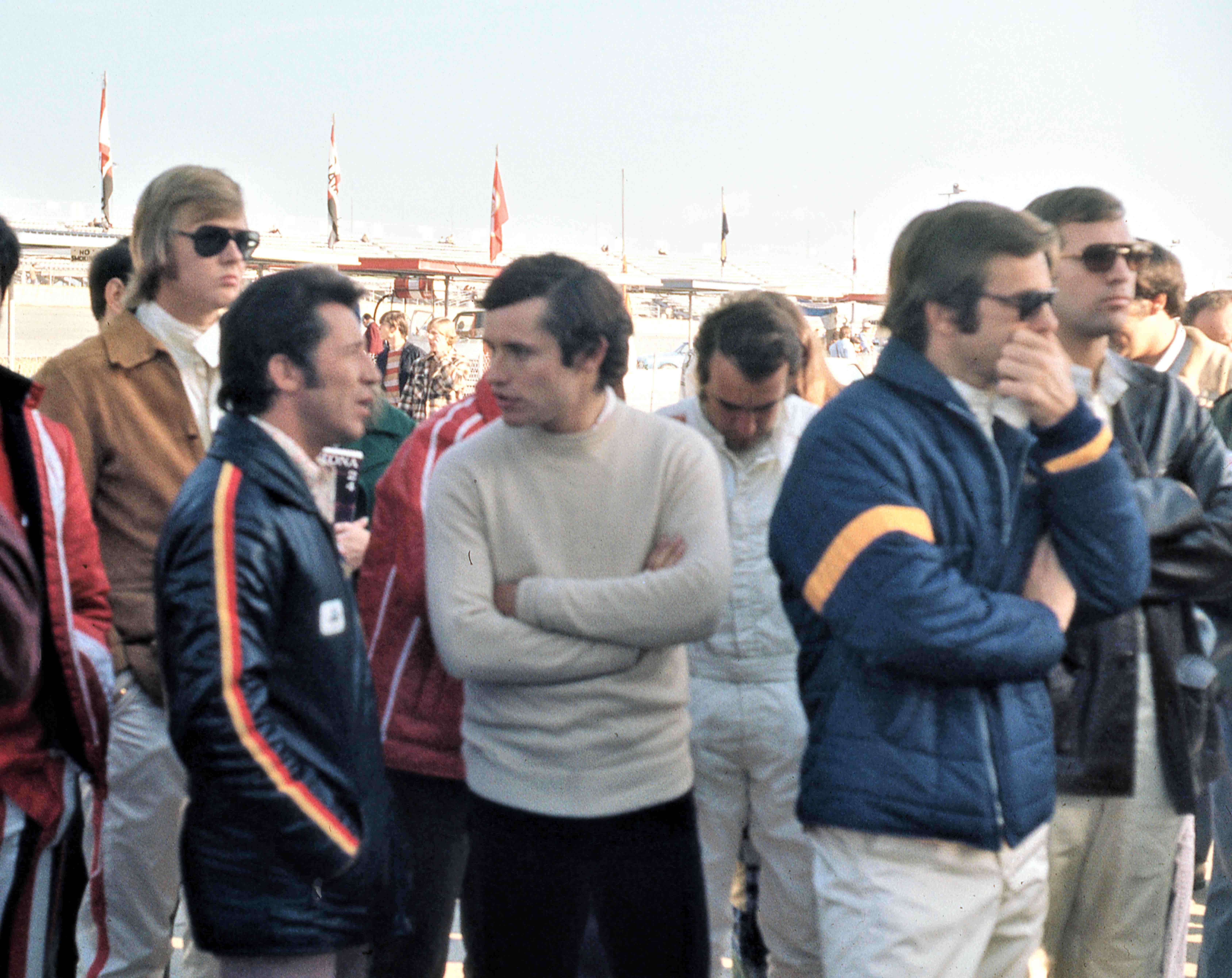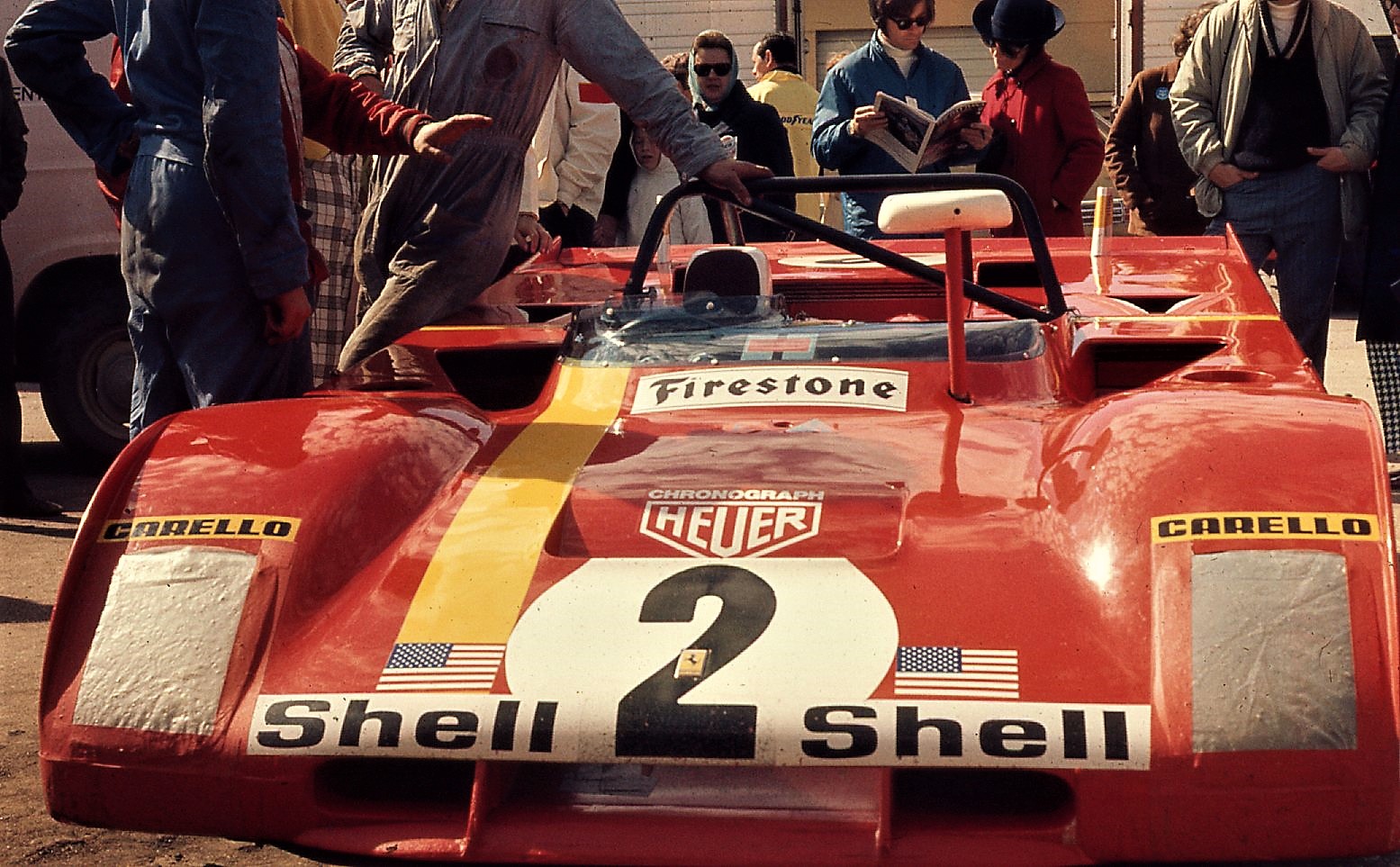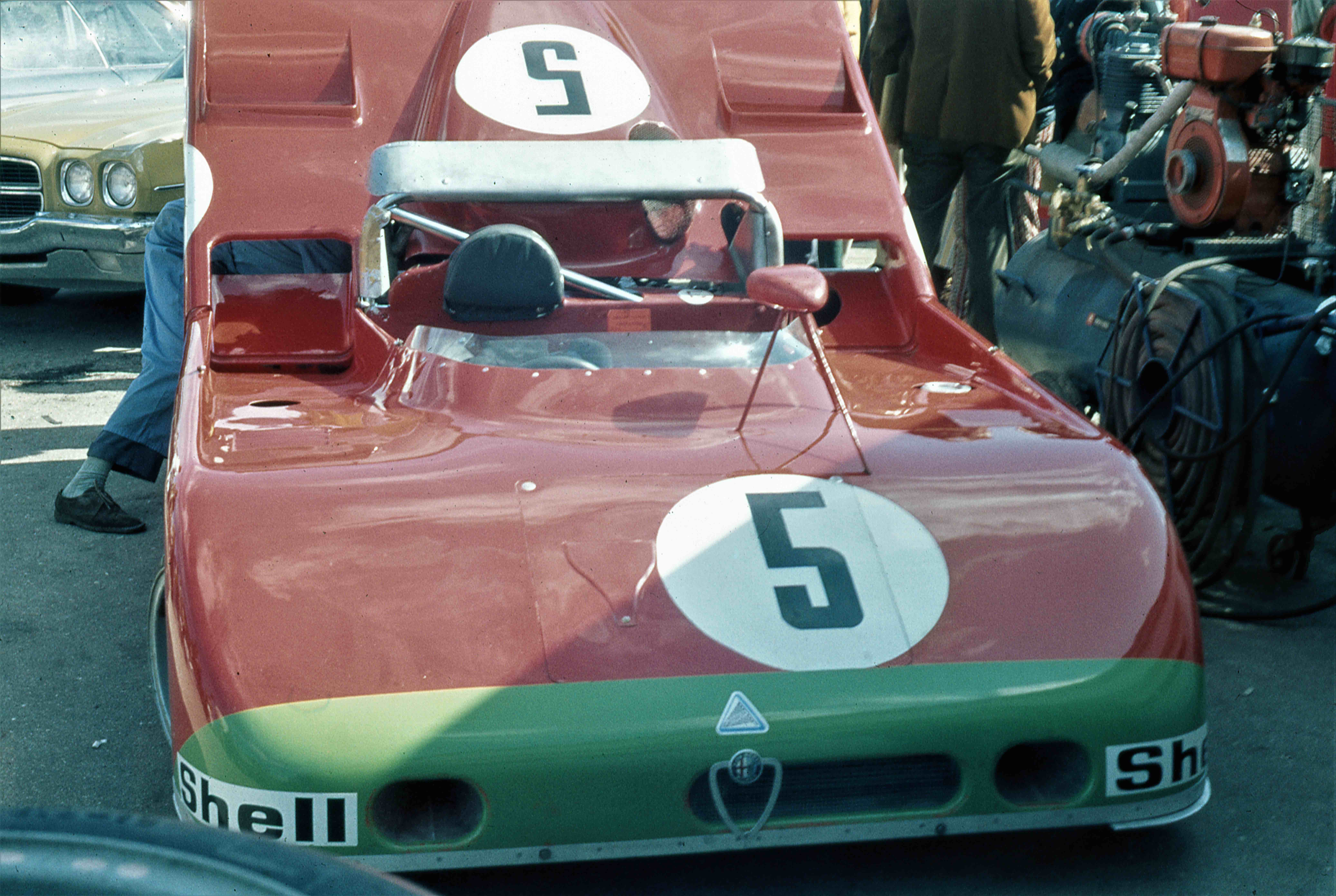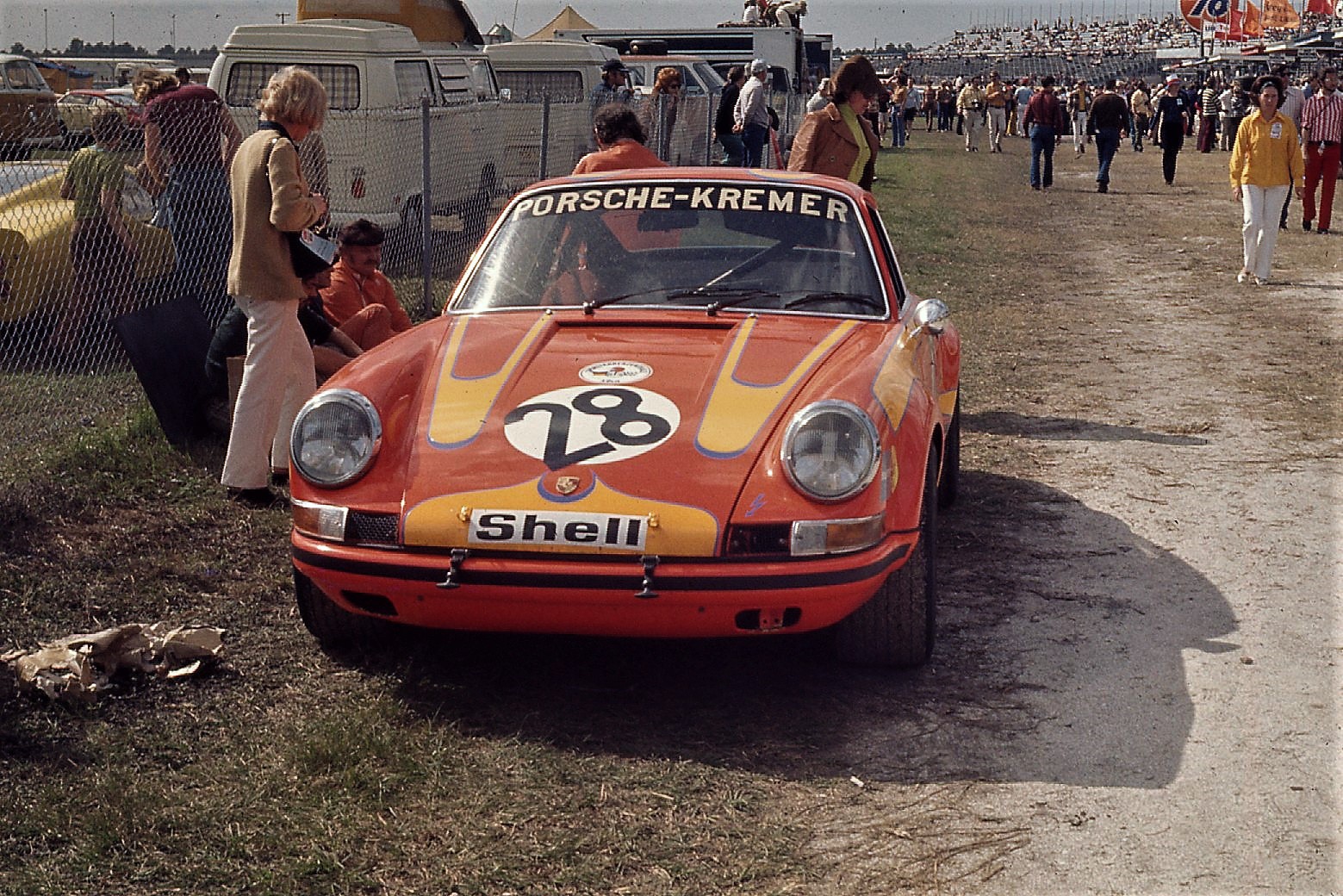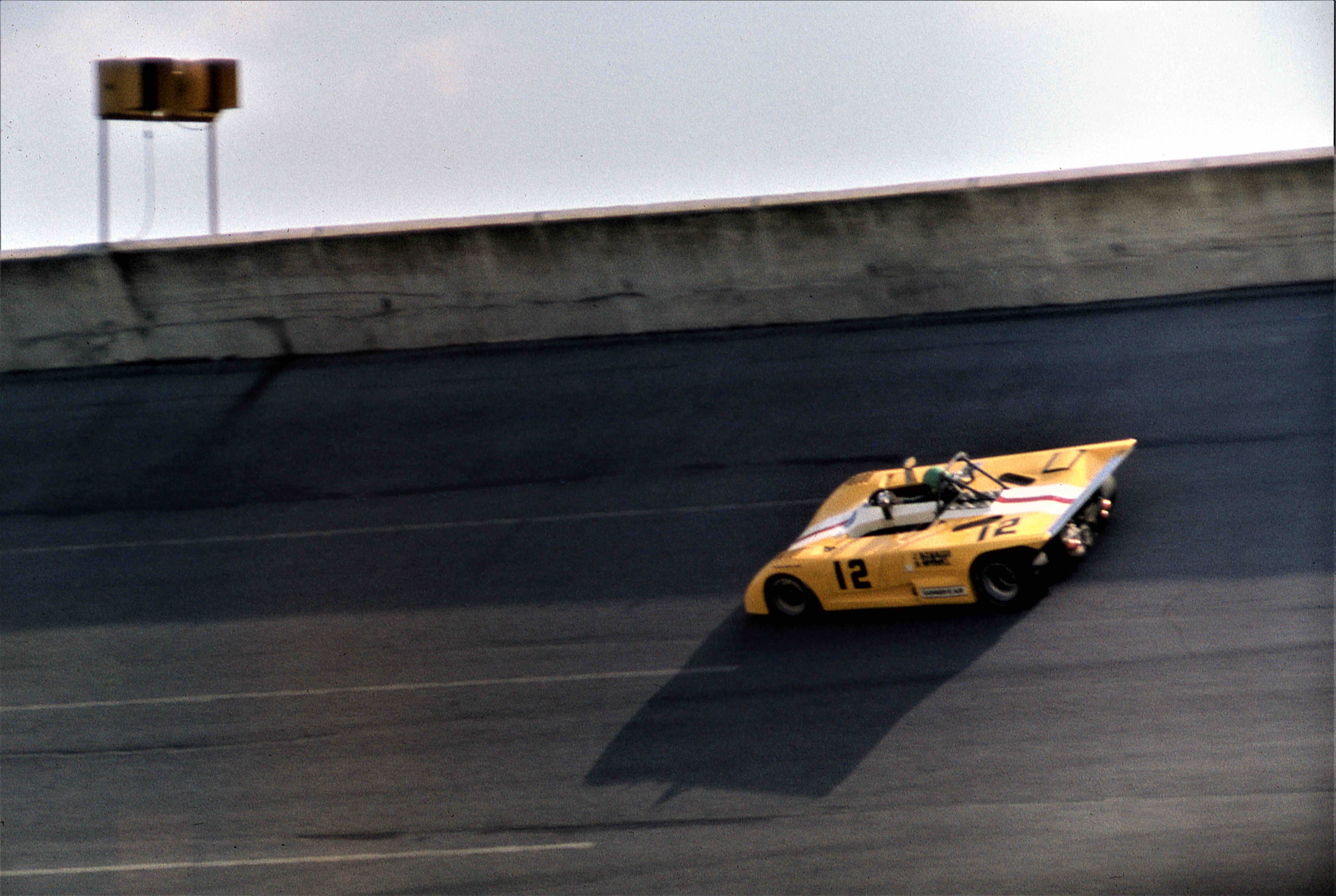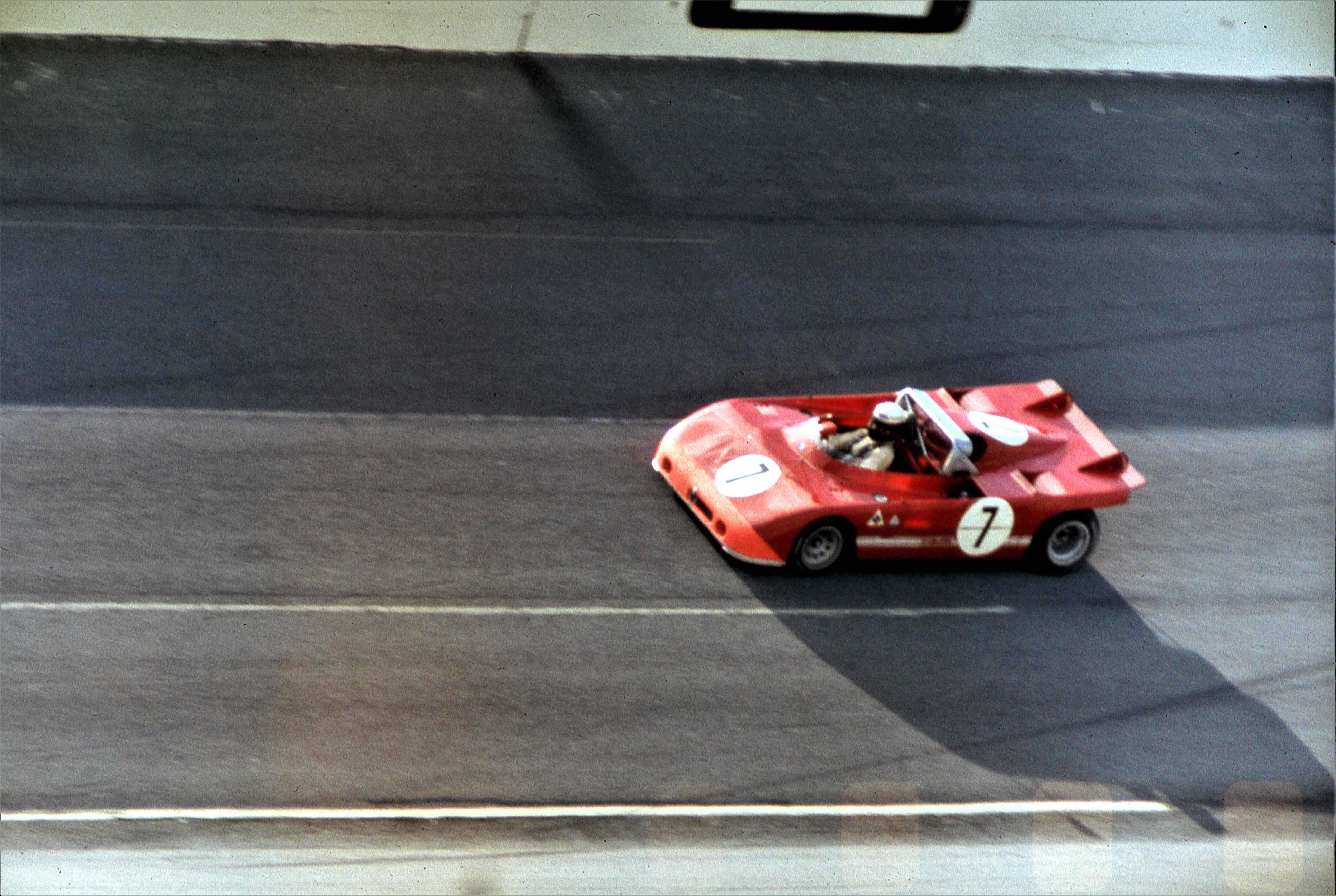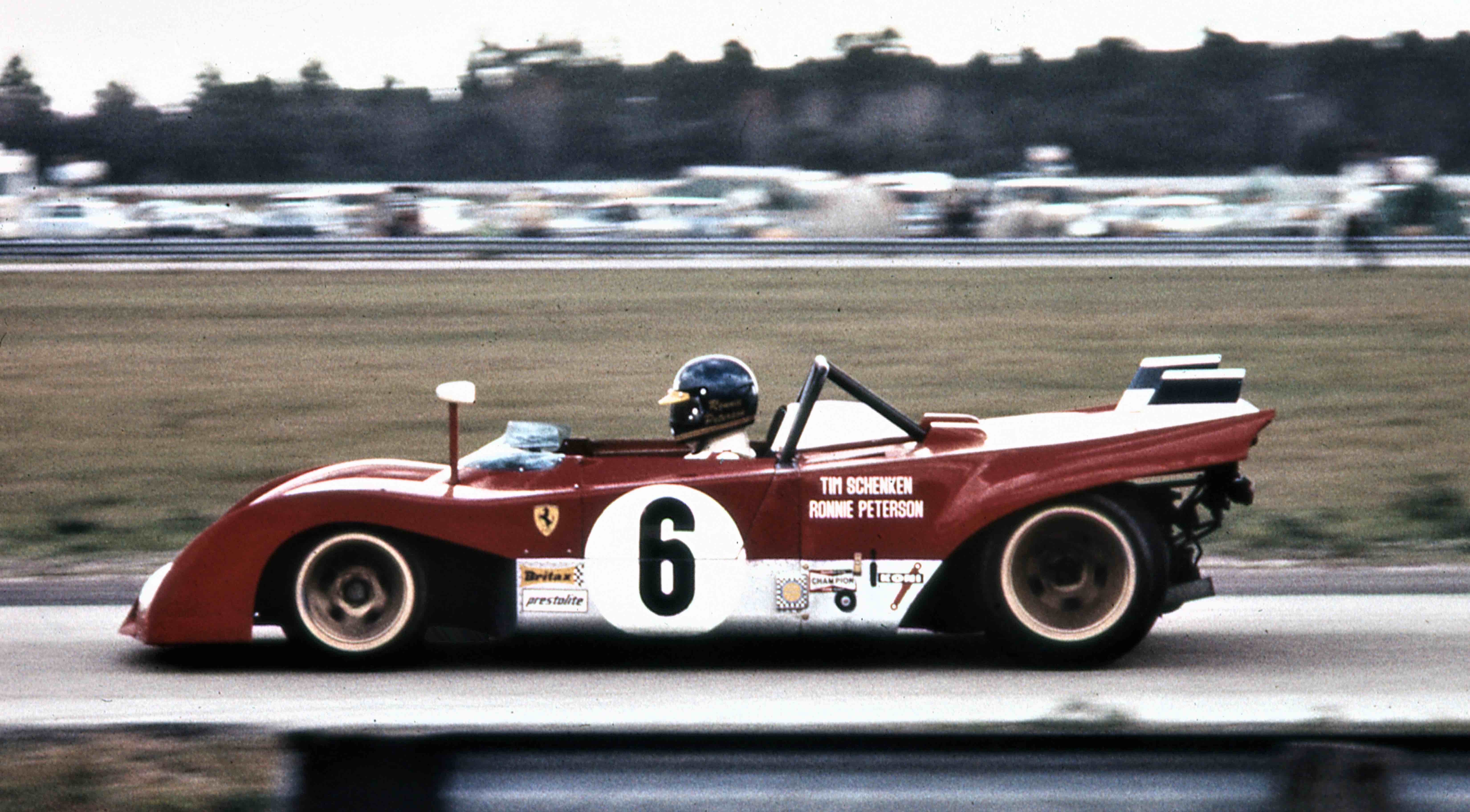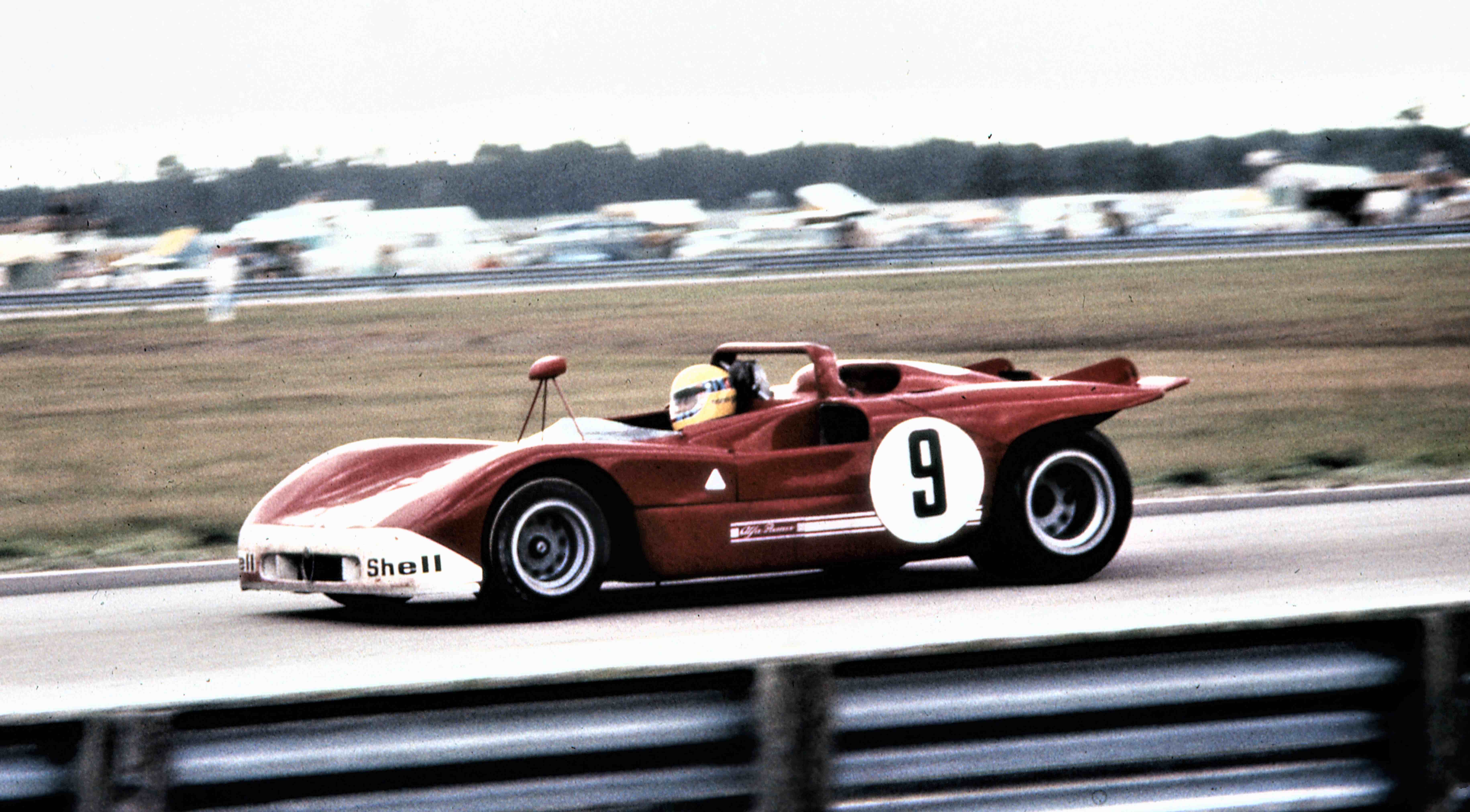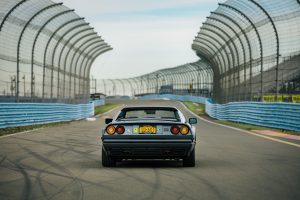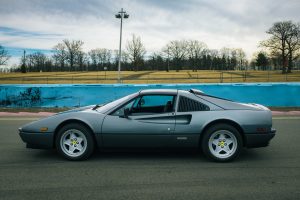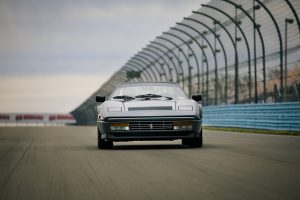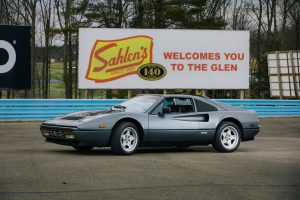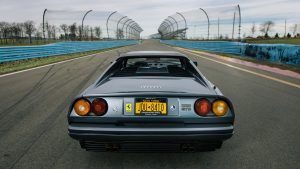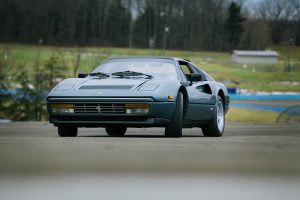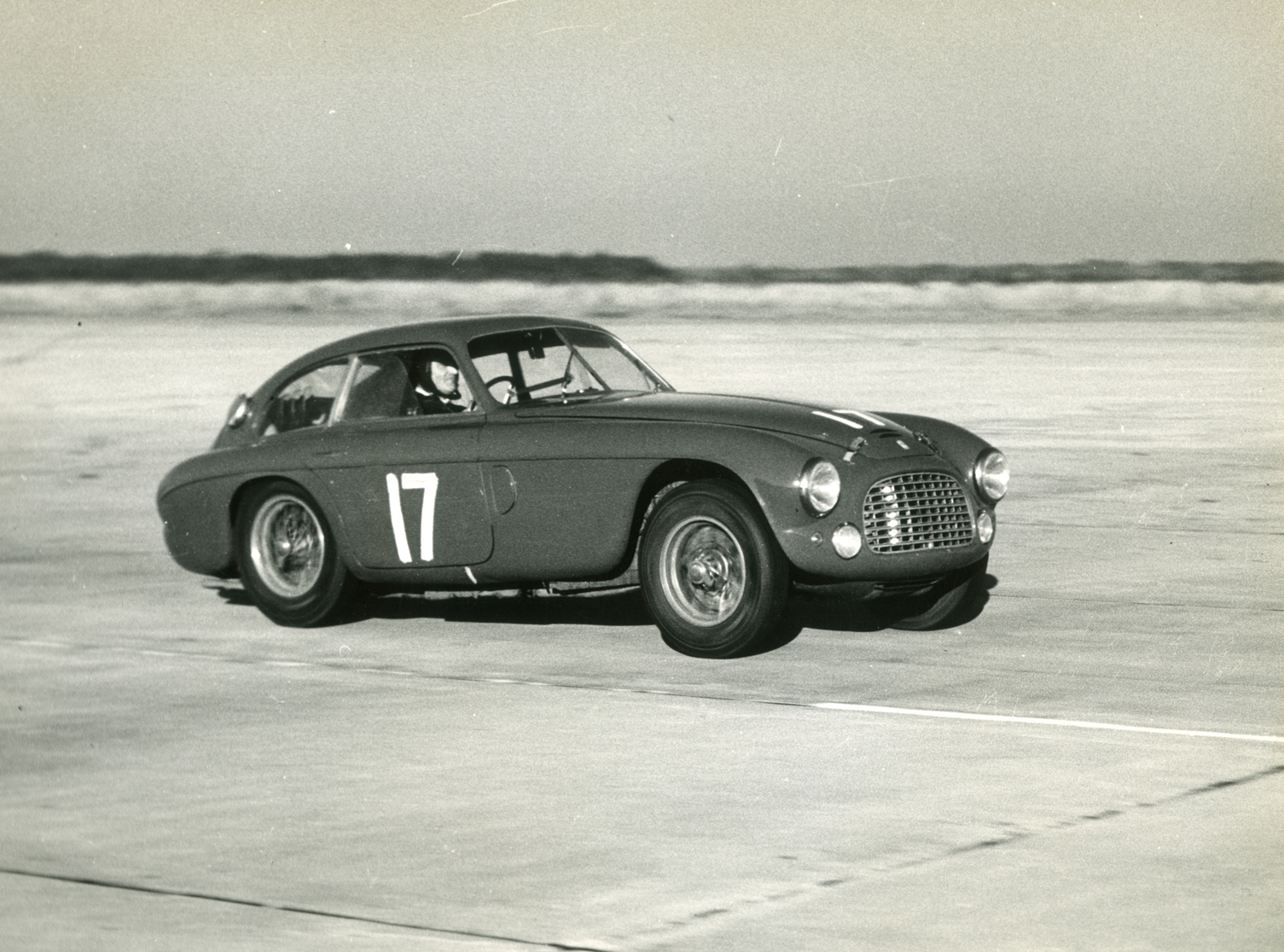Ferrari Challenge North America continues its season with a stop to the 3.4-mile circuit in 2022 (May 20-22, 2022). The series was established in 1993 and the events are FIA-approved with high safety standards and excellent organization with the Italian manufacturer. The formula for the series, which insists on participants being dealers or authorized race shops, ensures close competition putting the focus on the drivers.
Don’t miss all the action as the Ferrari Challenge Series returns to Watkins Glen in an event that truly showcases drivers and cars!
Weekend Adult Admission starting at $40, and teens pricing is $20, Kids 12 and under as FREE! Camping starting at $120 (Friday-Sunday).
The famed Daytona International Speedway was built in the late 1950s as a state of the art facility – the crown jewel of the NASCAR stock car season. But the track had been designed from the beginning to include a road course layout and “Big Bill” France, Sr. aspirations beyond just stock cars. In June of 1961, he attended the 24 Hours of LeMans and was stunned by the sight of more than 250,000 spectators. Upon returning home, he hatched an idea to bring global credibility and prestige to his new Daytona facility. Partnering with the SCCA, he started the Daytona Continental sports car race in 1962. Originally run as a three-hour event that year and the next, it was expanded to 2,000 kilometers in 1964 and 1965. By 1966 it had expanded yet again to a full 24-hour length to match the Le Mans 24 hours race. The first 24 Hours of Daytona was won by Ken Miles and Lloyd Ruby in a Shelby Ford GT40 MK II. The Daytona 24 then became a fixture on the World SportsCar Championship schedule. Ferrari had their famous 1-2-3 finish in 1967, followed by Porsche with their own 1-2-3 finish in 1968. The 1970 and 1971 races were highlighted by great battles between the Porsche 917 and the Ferrari 512, both races being won by the Gulf Porsche 917.
The driver’s meeting just before the1972 Daytona race, which was shortened to six hours by the FIA over concerns that none of the 3.0-liter prototypes would survive a full 24 hours. From the left: Ronnie Peterson, Mario Andretti, Jacky Ickx, Clay Regazzoni, and Peter Revson (in the blue jacket). Photo: Martin Raffauf
For 1972 the FIA had changed the rules dramatically. The Sports Car World Championship was now limited to 3.0-liter cars, effectively banning cars with 5.0-liter displacements. With some foresight, Ferrari had been working on and racing their 312P car during 1971, gaining experience for 1972. The Ferrari 312P was powered by a derivative of the then-current 12-cylinder Formula 1 engine. Alfa Romeo also had a 3.0-liter car, powered by a V8. Porsche, as a factory, withdrew from the series, as they only had the aging 908, with a 3.0-liter flat 8- cylinder engine. The FIA also raised the minimum weight for the class which handicapped the lightweight 908, as it was underpowered in comparison to the Ferrari and Alfa Romeo. Porsche racing was left in the hands of privateers. Due to reliability concerns, the FIA mandated 6-hour maximum races in 1972, except for Le Mans. Sebring fought this and kept their 12-hour race, however, Daytona agreed to the 6-hour limit. Daytona did schedule several support races over the 24- hour time period, to make it seem like it was 24 hours of racing. But the World Championship race would run on Sunday for six hours only.
The winning Ferrari 312PB of Jacky Ickx and Mario Andretti sits in the paddock before the race. Photo: Martin Raffauf
The Alfa Romeo T33 of Vic Elford and Helmut Marko in the garage area. It would finish third. Photo: Martin Raffauf
The Kremer Porsche 911S was one of many GT cars that filled out the field in 1972. The car was a DNF. Photo: Martin Raffauf.
Both Ferrari and Alfa Romeo entered three cars each. The Ferrari’s were the new 312PB (a further evolutionary development of the car run in 1971) and were driven by Mario Andretti/ Jacky Ickx; Ronnie Peterson/Tim Schenken; and Clay Regazzoni/Brian Redman. The main competition would come from the Alfa Romeo TT33/3’s of Peter Revson/ Rolf Stommelen; Vic Elford/ Helmut Marko; and Andrea de Adamich/ Nani Galli. There was also a quick Lola T280 entered by Jo Bonnier and co-driven by Reine Wisell. A full field of GT cars and a few older prototypes and 2.0-liter sports cars filled out the grid.
Reine Wisell in Jo Bonnier’s Lola 280-Ford ran well until an accident. Photo: Martin Raffauf
Mario Andretti qualified on the pole and took an immediate lead. However, in the early going the car lost a cylinder with no spark. There was some kind of wiring or electrical problem that could not be fixed quickly. They just carried on. Mario reckoned they lost 800-900 RPM, so just drove harder. Their team-mates, Regazzoni and Redman took the lead and were in front until a tire blew in the banking just in front of Reine Wisell who was running second in the Lola. Both cars were damaged in the incident and needed extended pit work to continue. The Alfa Romeo of Revson and Stommelen then took over the battle for the lead with the slowed Ferrari of Andretti/Ickx, leading several times until the Alfa engine failed about halfway thru the race.
Peter Revson in the Alfa Romeo on the East banking during the 1972 Daytona six-hour race. The pair of Revson/Stommelen would blow the engine halfway through the event. Photo: Martin Raffauf
The Andretti/Ickx car led the rest of the way, winning on just 11 cylinders over their teammates, Ronnie Peterson and Tim Schenken (who had a clutch problem the whole race). Vic Elford and Helmut Marko ended up third in their Alfa, four laps behind. The Regazzoni/ Redman Ferrari was fourth after earlier repairs from the tire failure cost them 15 laps. Of the 72 cars entered, 58 qualified but only 21 were classified finishers. So, it seemed apparent the FIA was correct with their reliability concerns.
In a foreshadowing of things to come, Peter Gregg and Hurley Haywood finished 7th overall and first in class with a 2.5-liter Porsche 911S. They would return with some success in subsequent years!
In 1973, the race returned to its normal 24-hour length and has remained as such ever since, with the exception of 1974 when the race was canceled in the middle of the fuel crisis. In 1975, IMSA took over the sanctioning of the event and it remained on the World Championship calendar until the early 1980s. At that point a large rule divergence between the FIA (Group C) and IMSA (GTP) caused the race to fall off the international calendar.
The winner of the 1986 Ferrari 328 GTS is
Andrew Giles from Yulee, Florida with ticket number 1596.
We raised over $113,000 for the IMRRC.
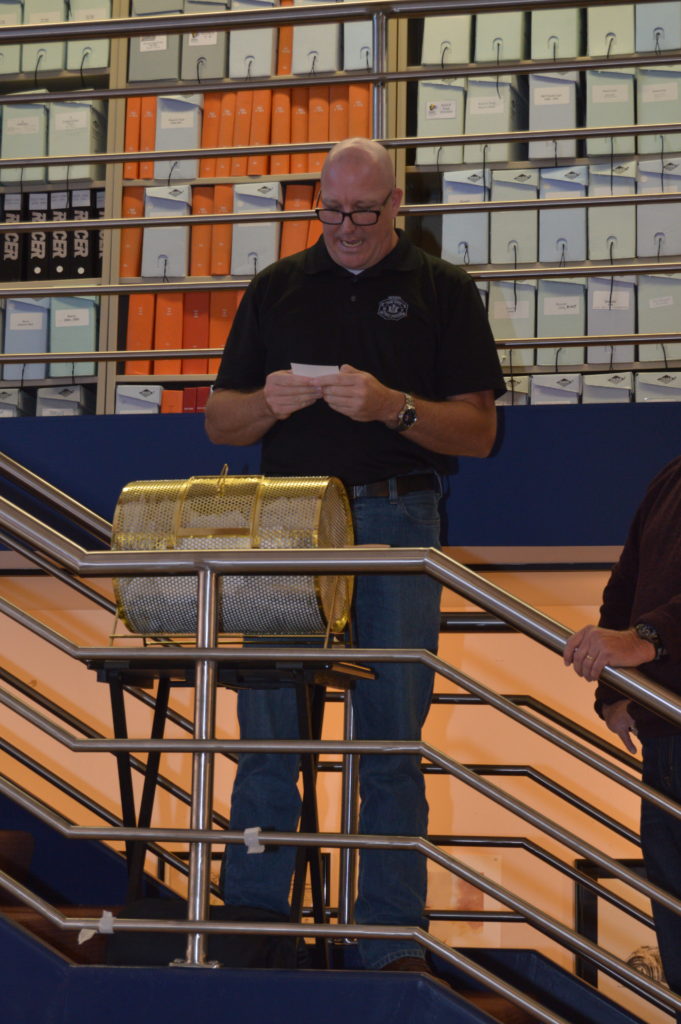
Watkins Glen Mayor Luke Leszyk reads the winning raffle ticket.
1986 Ferrari 328 GTS
Value: $71,500
- 60,500 miles
- 3.2 liter mid-engine V-8
- 270 hp at 7,000 rpm
- Electronic ignition
- Fuel injection
- Five-speed gearbox
- 0-60 mph in 5.5 seconds
- Top speed: 160 mph
- One owner for over 20 years, restored in 2013
Multiple tickets must be purchased in a single transaction to receive the 3/$100 discount. Your ticket (number(s) will be sent to you upon confirmation of payment. Winner must pay necessary taxes prior to delivery and is responsible for transport of the car from Watkins Glen, NY . Need not be present to win. Must be at least 18 years old to enter. Void where prohibited.
Born in Milan in 1905, Luigi Chinetti is best known for being the exclusive distributor of Ferraris in the U.S from the beginning of Ferrari’s firm immediately after World War II. Long before that happened, he began to build a resume when he secured a minor’s work permit from the Italian government as a lathe operator when he was twelve and another as a machinist when he was fourteen. He met Enzo Ferrari when they both worked for Alfa Romeo in the 1920s.
With the rise of Fascism under Mussolini, Chinetti became uncomfortable in Italy and moved to Paris the mid-1920s. He began to race, winning Le Mans in 1932 and 1934. Before the war, he was associated as both a driver and team manager with private and factory entrants that ran Alfa Romeos, Talbot-Lagos, Delahayes, Delages, and Maseratis, bringing a pair of the latter to the 1940 Indianapolis 500 in 1940. His Indianapolis adventures before the war led to his becoming the most important bridge between the European and American road racing worlds after the war, at a time when much more than an ocean separated them. He secured an entry for many Americans at Le Mans and other European events as well as promoting Americans through his North American Racing Team and by placing some with the Ferrari works team. The latter included Phil Hill, the only American-born World Grand Prix Champion, who drove a Ferrari to the title.
While Chinetti was at the 500 in 1940, the Germans were completing their invasion of France and would take Paris on June 10, 1940, just ten days after the Indianapolis race. Chinetti remained in the U.S., during the war. Afterward, he spent long periods in Milan, Modena, and Paris and was the sole French importer for Ferrari for a while. He also added to his racing reputation, winning Ferrari’s first big international victory in a 12 Hour race in 1948 at Montlhéry, France, where he drove the entire race by himself. He also won his third Le Mans the following year in another Ferrari. These early victories led to Ferrari putting some orders on the books at a time he desperately needed them. Despite his European connections in France and Italy, Chinetti’s primary home remained in New York, and he became a U.S. citizen in 1950.
The Montlhéry car was a 166 Spyder Corsa, and after some successful record runs late in 1948, the car was sold to the leading entrant in the post-war revival of U. S. road racing, Briggs Cunningham, a wealthy sportsman. When he bought the 166 in the fall of 1949 to take part in a race at Bridgehampton, it had not been freshened since the record runs. This did not sit well with either Cunningham or Alfred Momo, an Italian immigrant who prepared Cunningham’s cars. Nonetheless, the Ferrari led easily until an oil line behind the exhaust header broke and could not be repaired in time, so the car was retired, becoming the first Ferrari to race in America. Once Momo got the parts he needed, the 166 also became the first Ferrari to win a race in America (Suffolk County Airport 1950).
There was some friction between Cunningham and Chinetti because of the condition of the car when delivered, but Cunningham’s later success with it softened Cunningham’s view and he was soon ordering another Ferrari from Chinetti. This was a 195 S, featuring bodywork by Touring of Milan, a beautiful Le Mans coupe.
American sports car racing was run at the time by the Sports Car Club of America, which had a strictly amateur policy. This was to discourage professional oval drivers from taking part in SCCA events. There was no prize money and anyone who raced for money anywhere would lose their SCCA license. The SCCA people did not want the professionals beating them. Another consideration was a class one. Many SCCA participants were preppies from St. Mark’s, St. Paul’s, Andover and the like and had matriculated to Harvard and Yale. The leaders of the club definitely believed in “the right crowd and no crowding.” The Indianapolis drivers were working class and were looked down upon socially, if not in talent. This type of attitude also led to discrimination against Jewish membership applicants, let alone blacks and Latinos. More enlightened leadership was soon elected.
Alec Ulmann was a Russian émigré who had an aviation business at a largely unused airport in Sebring, Florida. He had been involved in the organization of the earlier Watkins Glen and Palm Beach Shores races and was a proponent of professional racing in America. He organized a six-hour event at a leftover B-17 bomber training base in Sebring, Florida, to be run on New Year’s Eve 1950, hoping to create a race as prestigious as Le Mans and other classic European endurance races.
Photo credit: Jack Cansler
The image here of Cunningham’s coupe at Sebring that day brings to mind a number of historic events. One is that when the car arrived at Momo’s, it smoked badly when it was started. Cunningham was outraged, as he planned to drive the car in the race. Chinetti simply told him that the rings had not yet seated and everything would be fine. Cunningham switched his ride to an Aston Martin DB2 and suggested that Chinetti and Momo drive the Ferrari.
As was so often when cars and their engines were concerned, Chinetti was proven to be correct. Once again driving alone, he brought the little Ferrari coupe home in 7th on handicap and fifth on distance. Cunningham’s Aston was 17th and 8th.
Another dust bunny of history is that despite the notoriety of Luigi Chinetti’s North American Racing team from the mid-1950s, this was the only time Chinetti himself raced in America. He came from the European tradition of prize, accessory and starting money and had little interest in entering one of his $12,000 Ferraris in a race where the winner would receive a silver cup or engraved tray.
Cunningham and Chinetti would share one more dispute about a Ferrari, four years later. But that’s another story.
-Michael Lynch, Member of the IMRRC Historians Council
